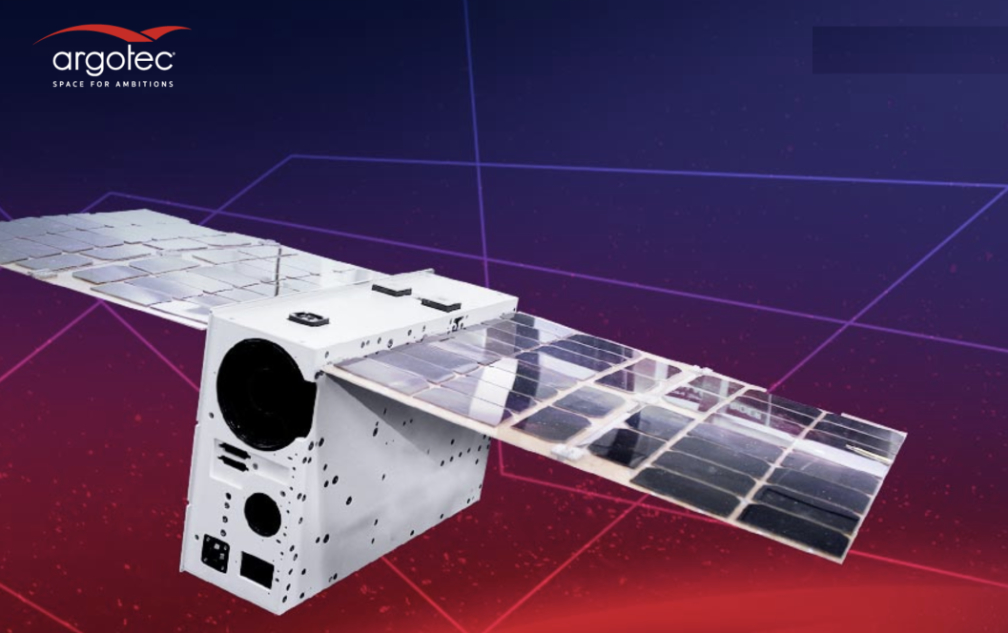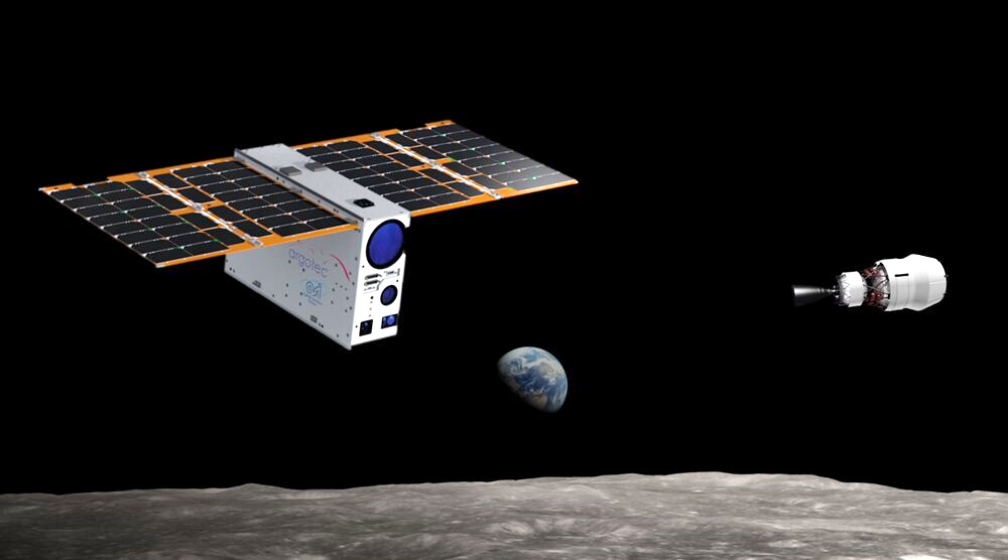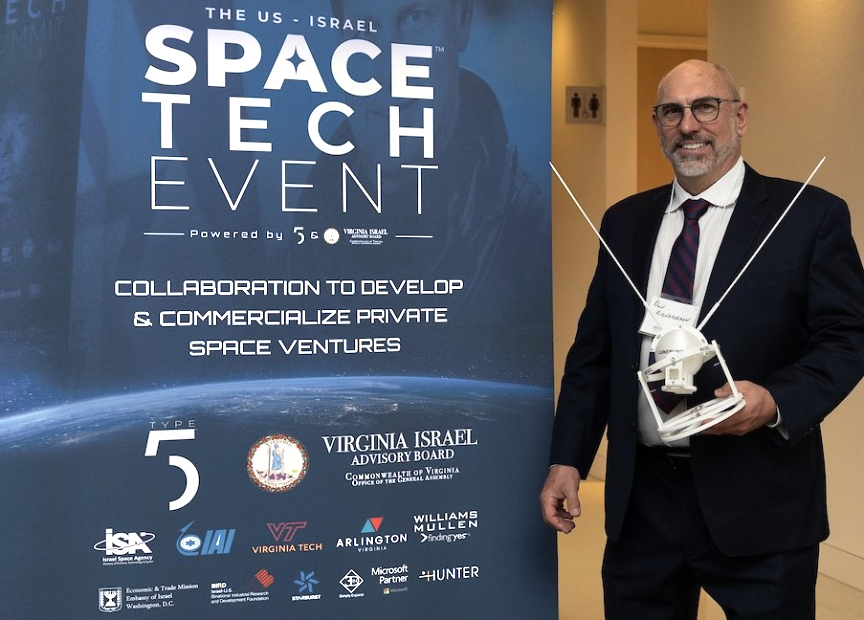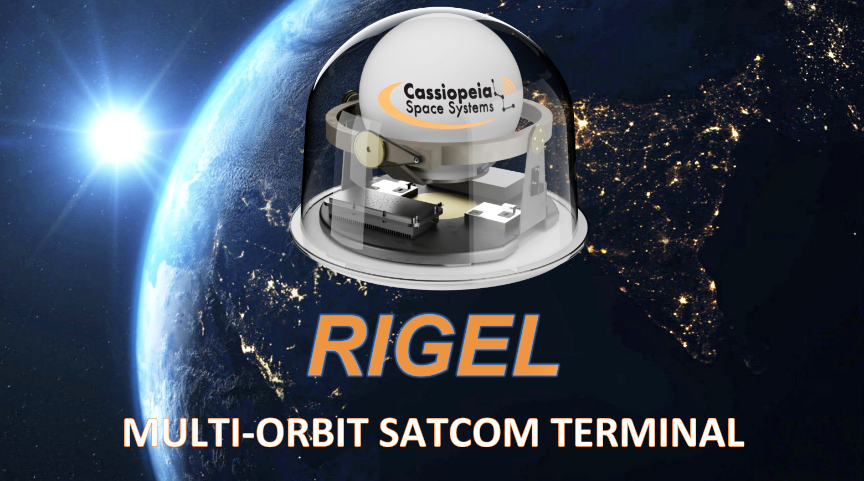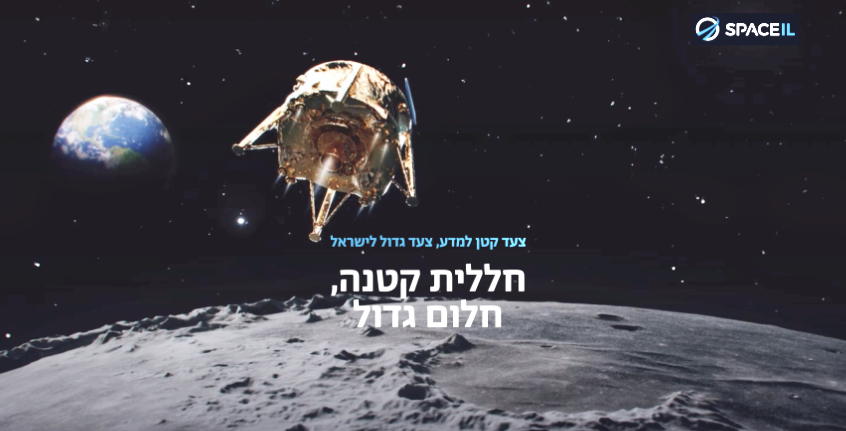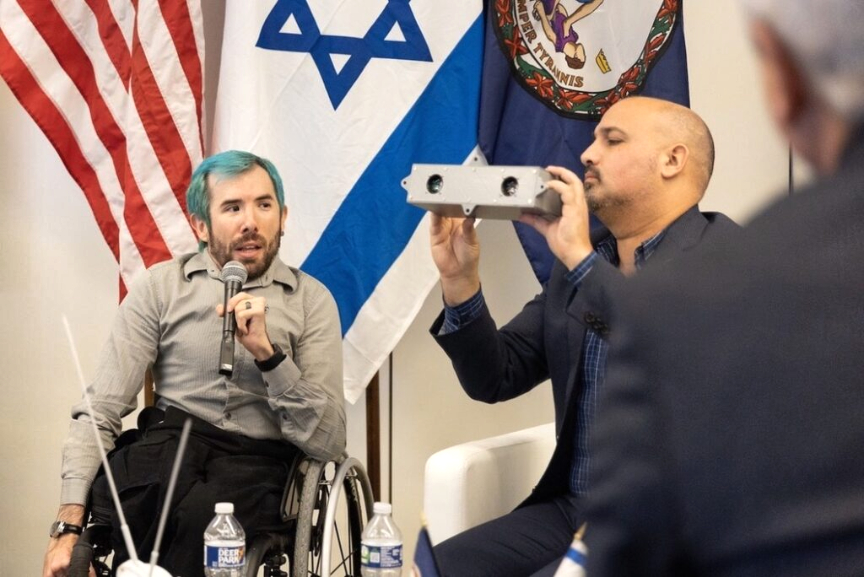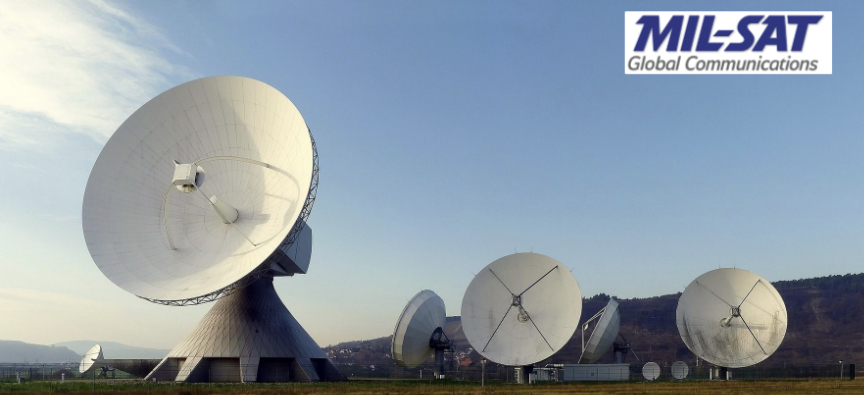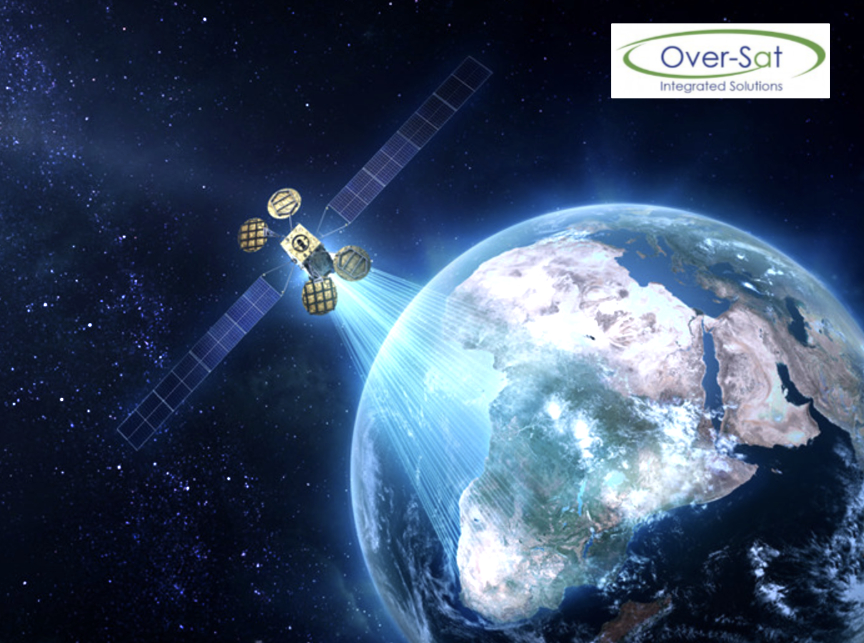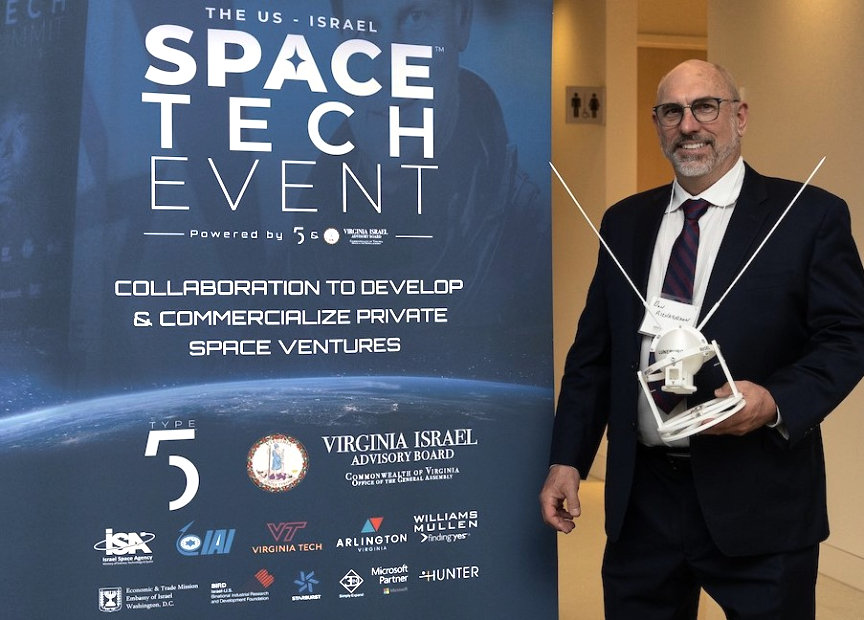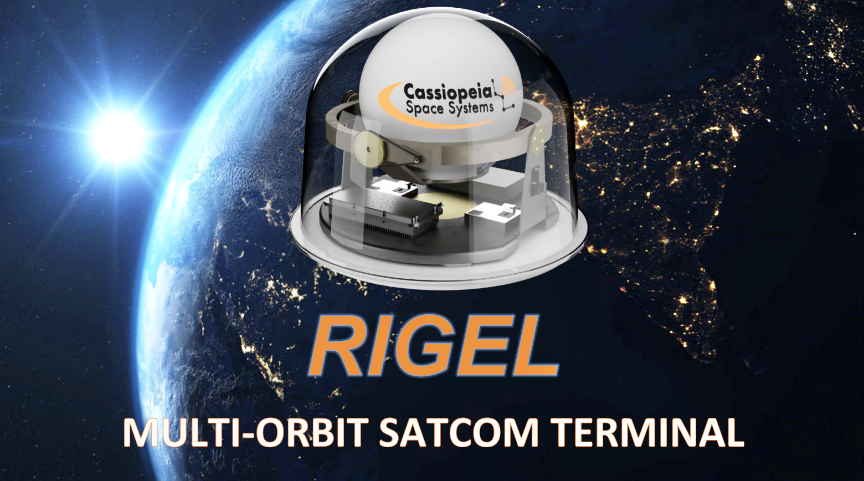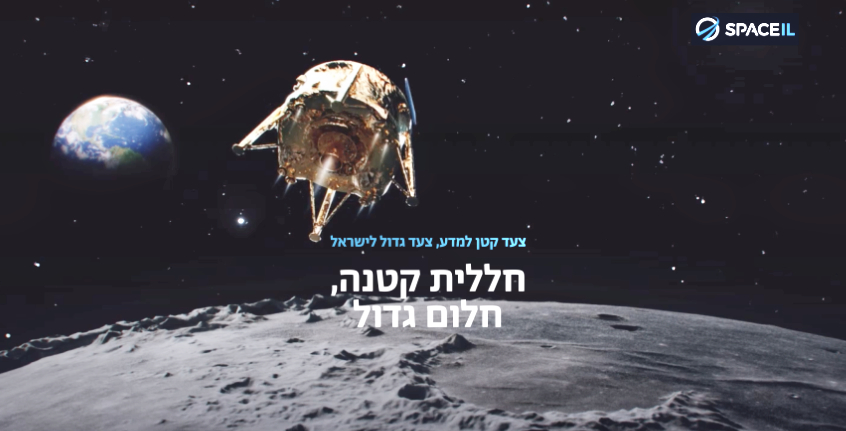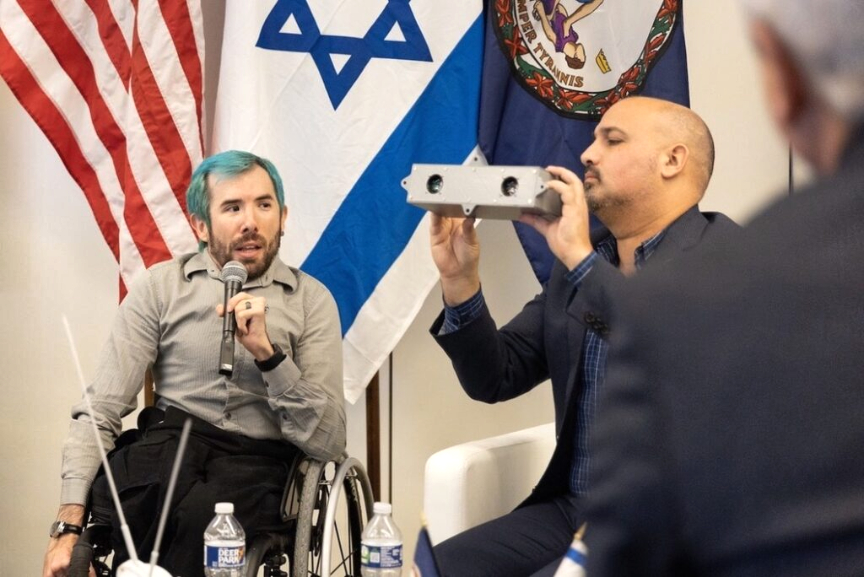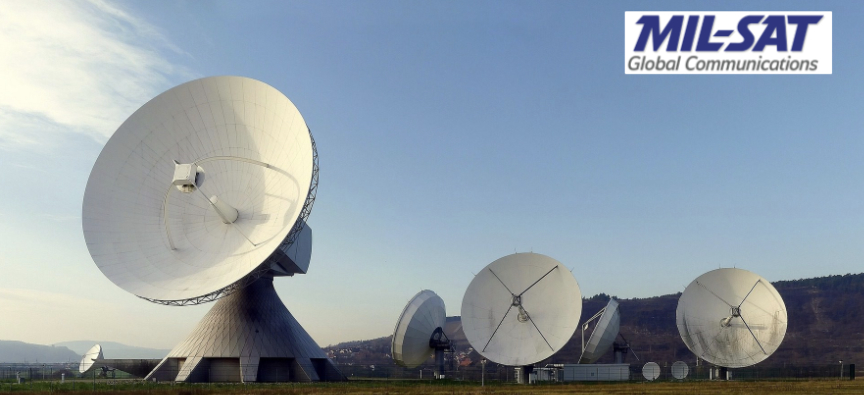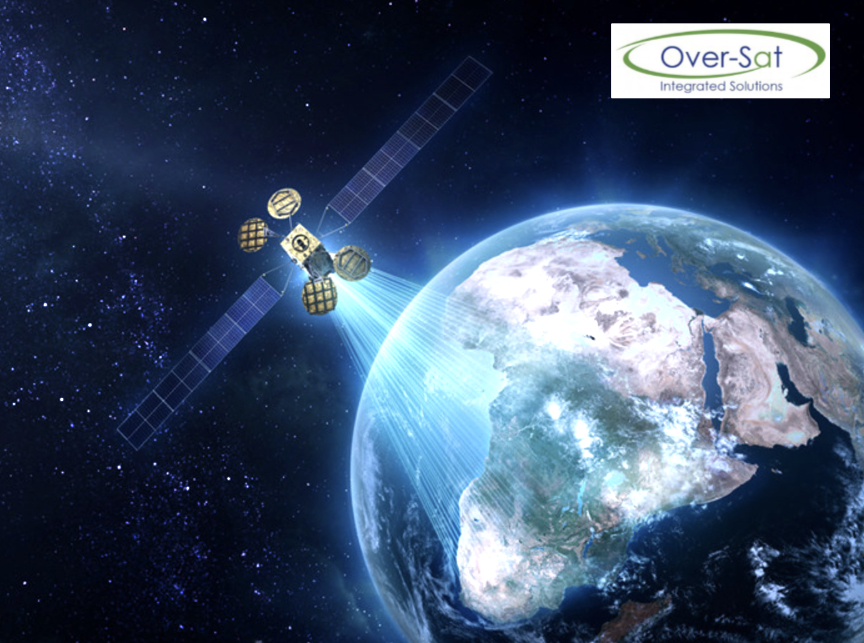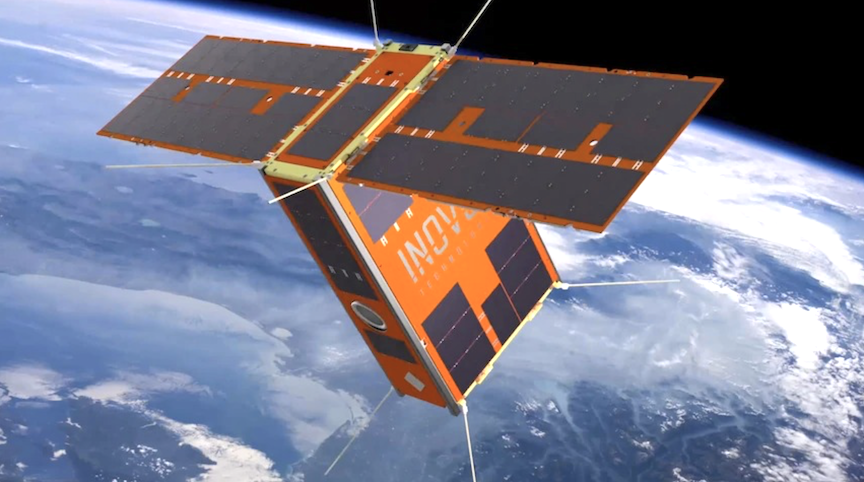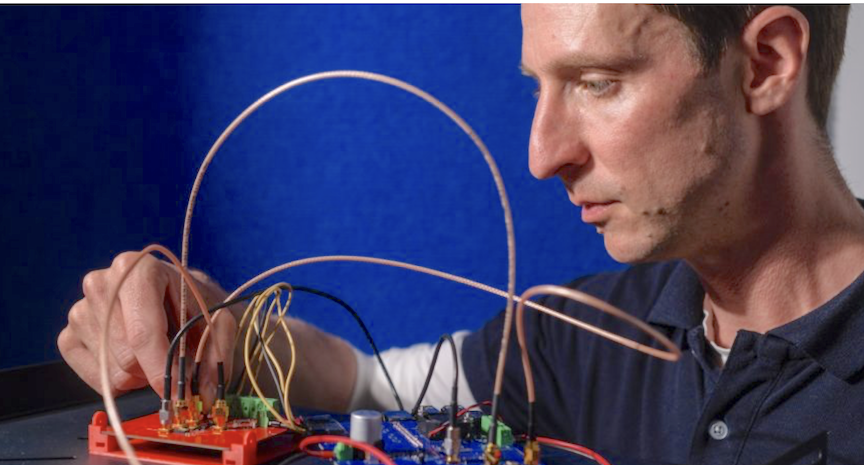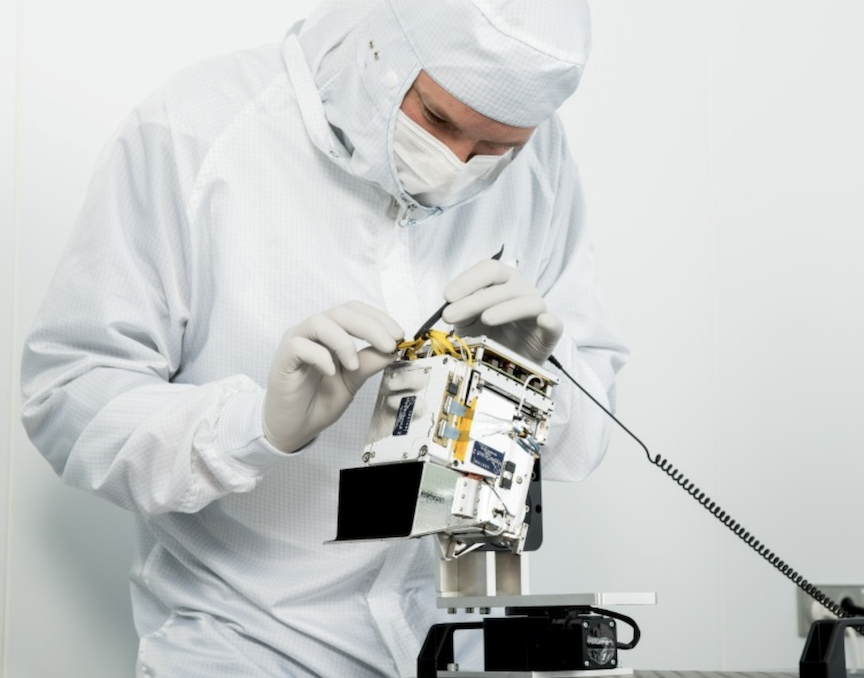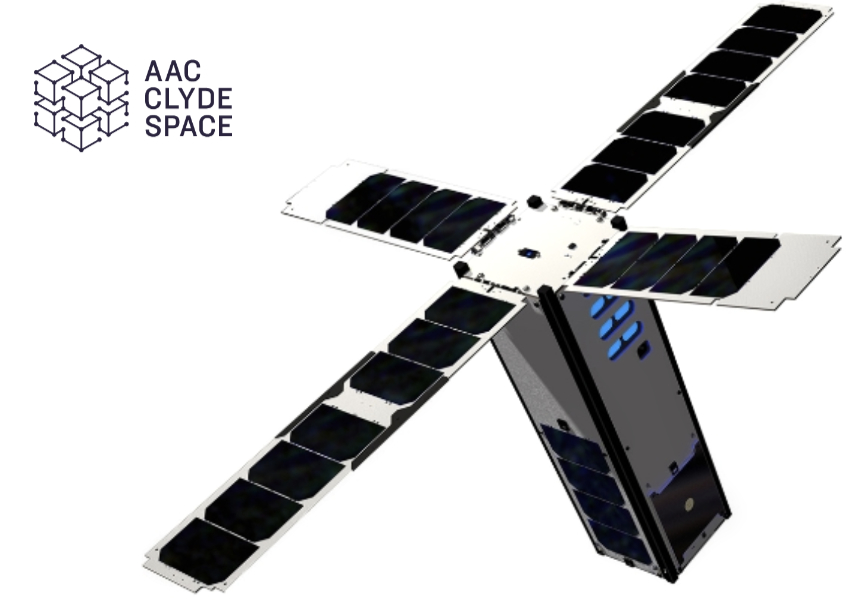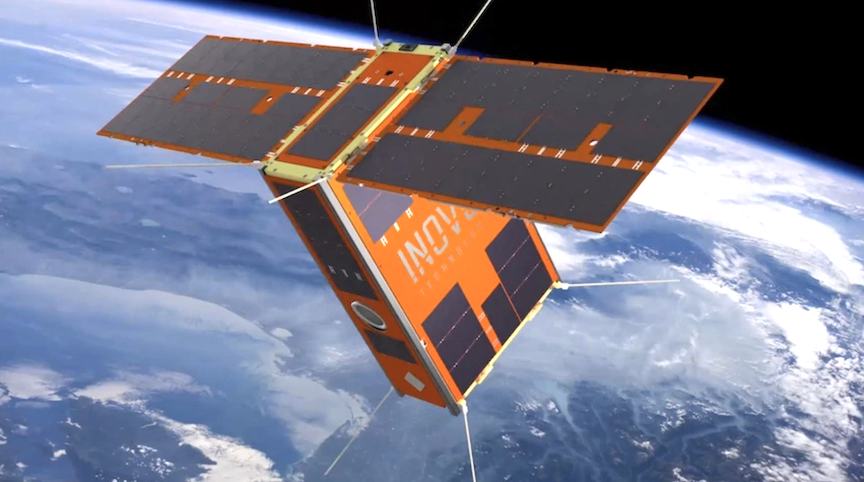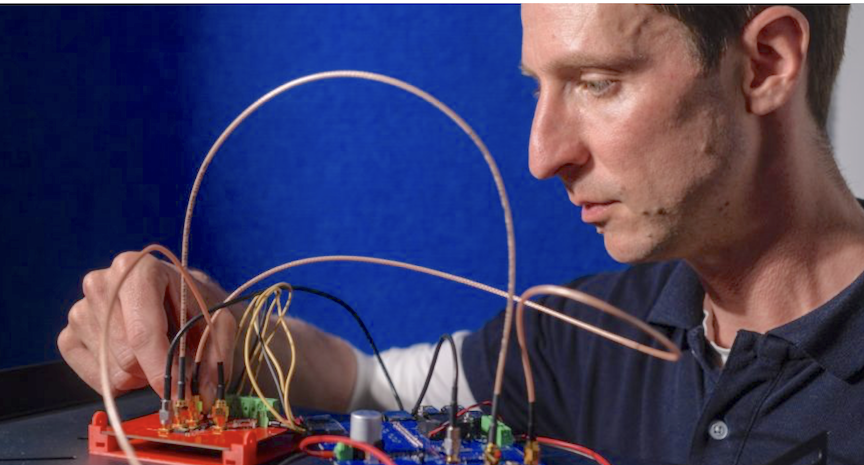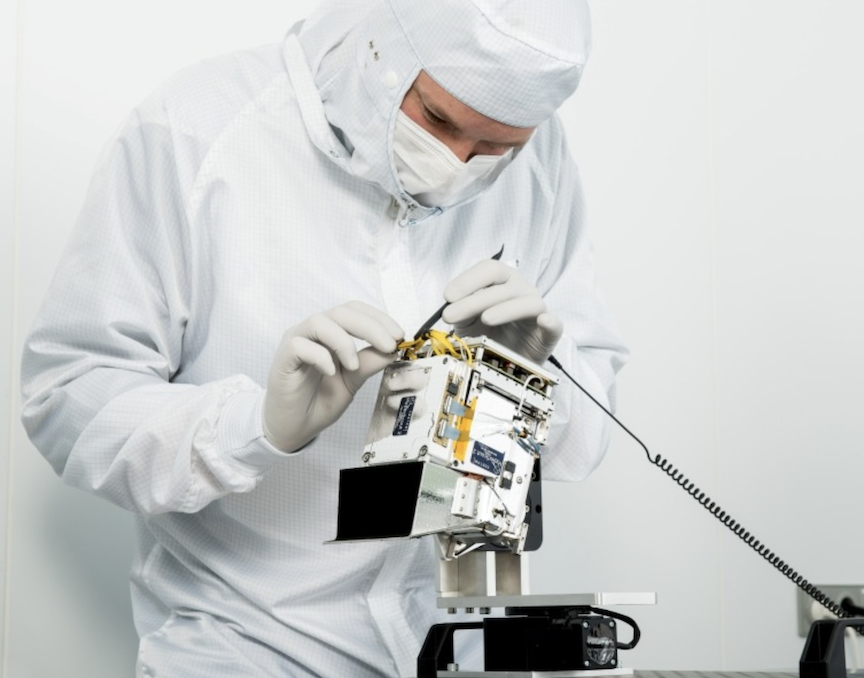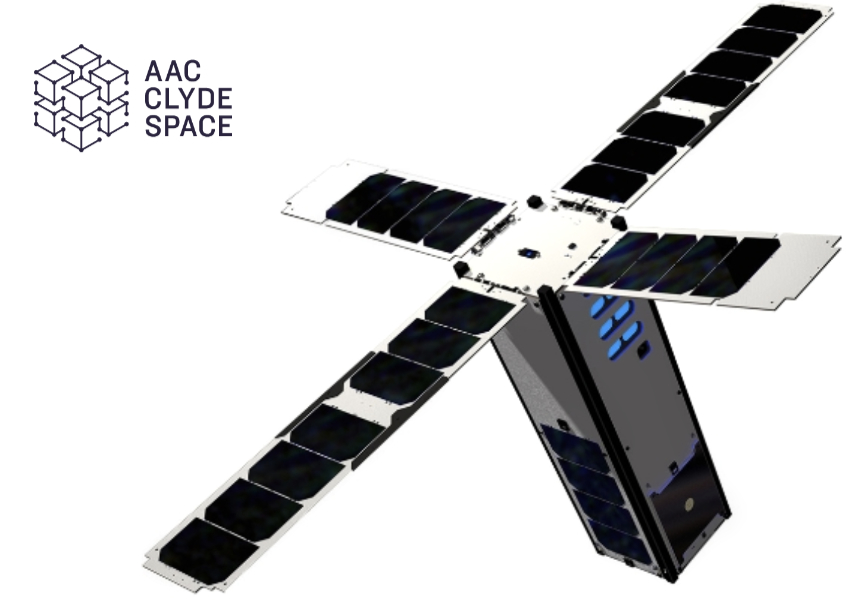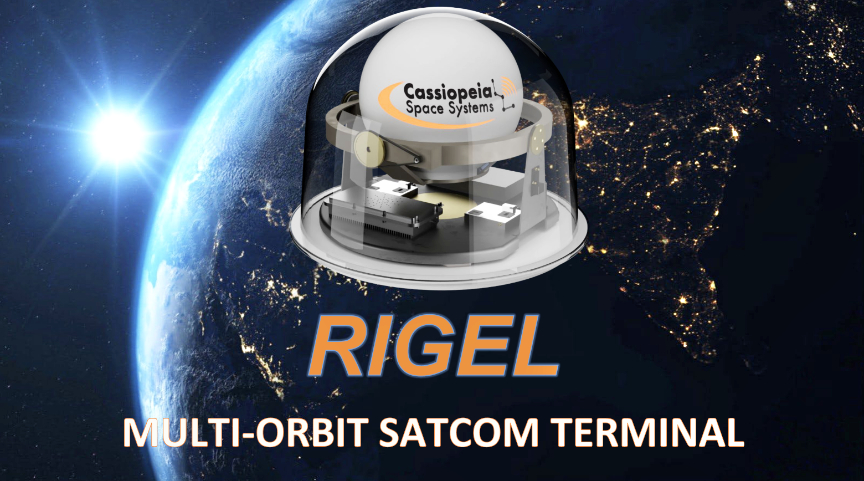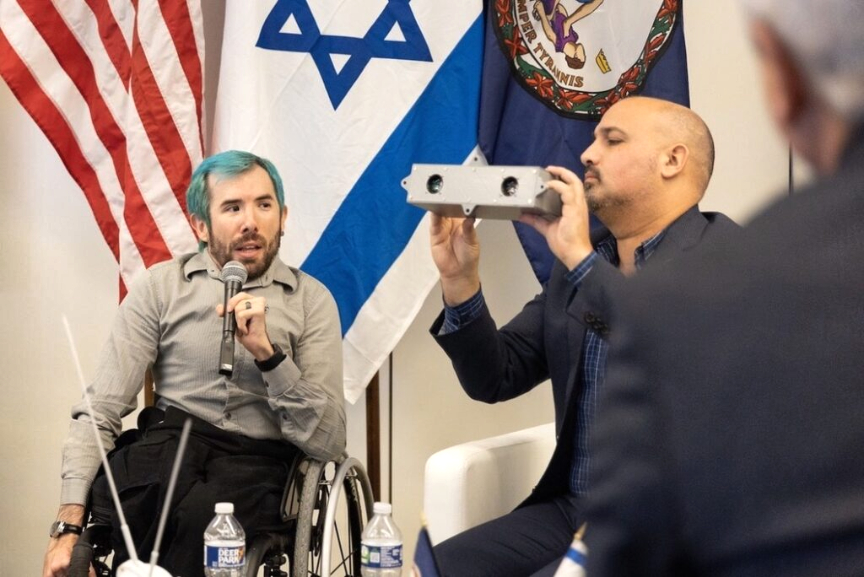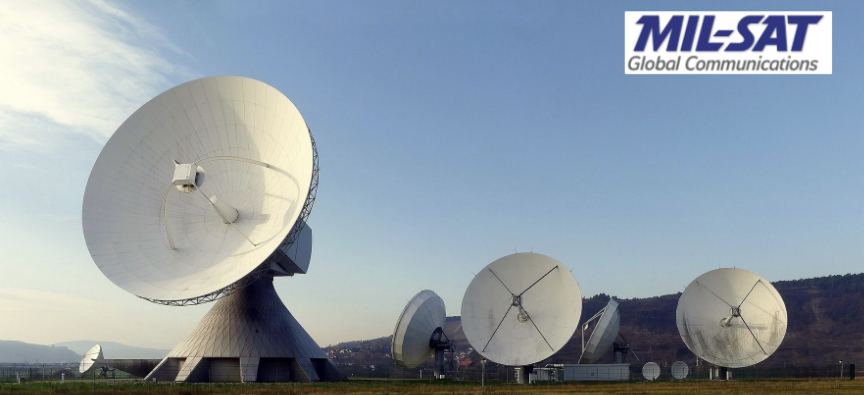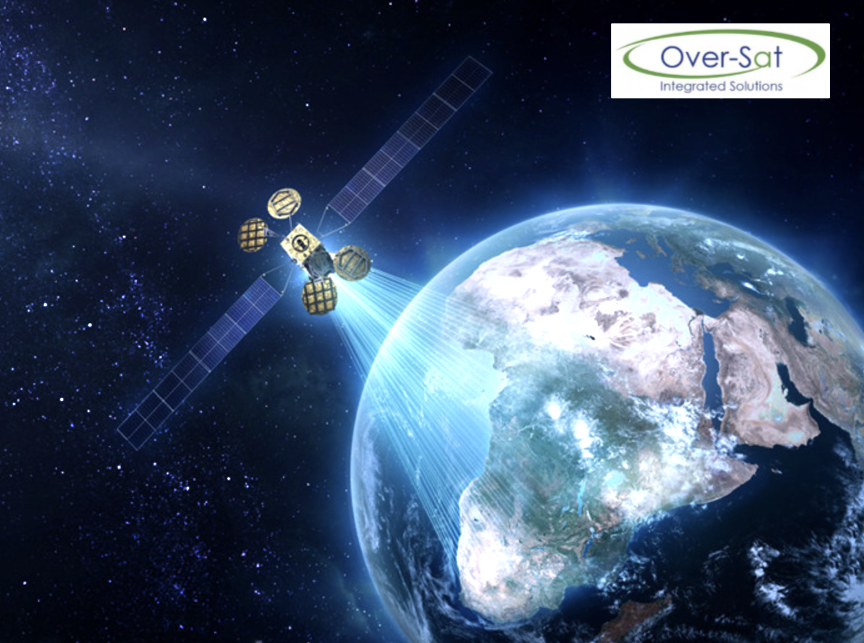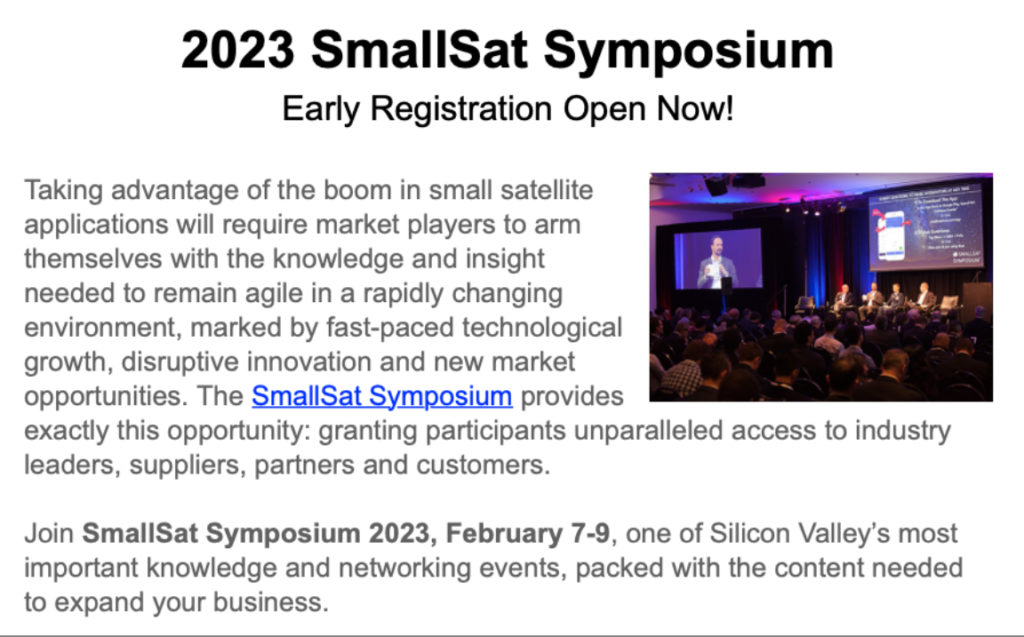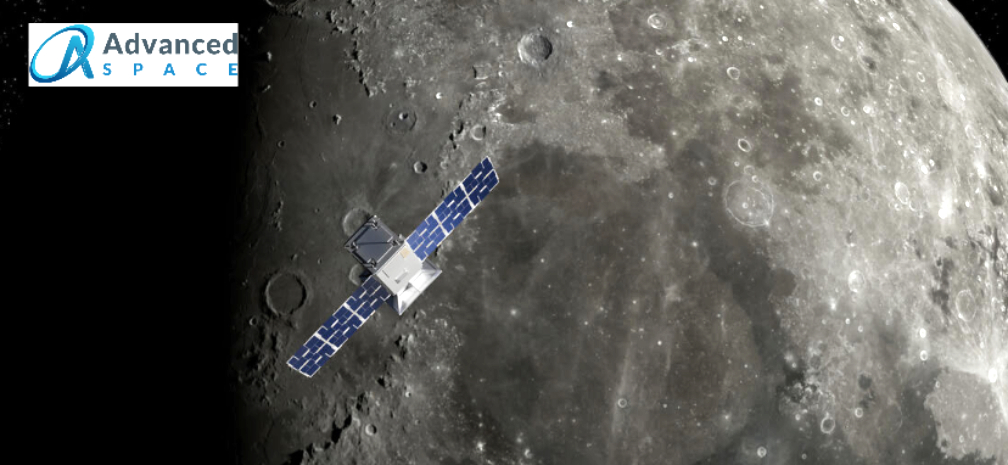
Advanced Space has announced that the big day has come and CAPSTONE is at the Moon — CAPSTONE just completed its initial insertion into the Near Rectilinear Halo Orbit (NRHO).
Two smaller correction maneuvers will occur this week to ensure the spacecraft is confirmed into the complex lunar orbit. CAPSTONE is the first smallsat to fly to and operate at the Moon. The lead-up to the NRHO insertion maneuver (NIM) was quite busy behind the scenes. Here is the play-by-play action of some of the what the CAPSTONE Mission Team (as designed/planned) in the hours leading up to the insertion looked like…
- 4:23 p.m., MT: The radio ceased transmissions and oriented the solar panels at the Sun to top the batteries off.
- 5:08 p.m., MT: The spacecraft slewed to the burn attitude and let the fuel settle in the tank.
- 5:22:27 p.m., MT: The spacecraft began execution of the NRHO Insertion Maneuver (NIM). It thrusted at about 0.44 Newtons (equivalent of the weight of about 9 pieces of 8.5x11in paper in your hand).
- 5:34:22 p.m., MT: NIM as designed was complete. It lasts just under 16 minutes 5:34:28 MT: Spacecraft slews to Sun-Point to recharge batteries.
- 5:39:09 p.m., MT: NIM burn officially ends. 6:00 MT: Initial data received and insertion into the orbit was executed as planned.
Advanced Space stated they are all thankful to the CAPSTONE Mission Team, NASA’s DSN, Terran Orbital, Stellar Exploration and the team at Advanced Space. The 24/7 shifts have begun and are ready to get through this week’s Insertion Maneuvers to make certain the smallsat is stable in the orbit. So far, so good.
CAPSTONE is owned and operated by Advanced Space. It will be one of the first smallsats to fly in cislunar space – the orbital area near and around the Moon – and demonstrate an innovative spacecraft-to-spacecraft navigation technology. The mission launched on June 28, 2022. Critical partners in the CAPSTONE mission include:
is owned and operated by Advanced Space. It will be one of the first smallsats to fly in cislunar space – the orbital area near and around the Moon – and demonstrate an innovative spacecraft-to-spacecraft navigation technology. The mission launched on June 28, 2022. Critical partners in the CAPSTONE mission include:
- NASA: CAPSTONE’s development is supported by the Space Technology Mission Directorate via the Small Spacecraft Technology and Small Business Innovation Research programs at NASA’s Ames Research Center in California’s Silicon Valley. The Artemis Campaign Development Division within NASA’s Exploration Systems Development Mission Directorate supported the launch and mission operations. NASA’s Launch Services Program at Kennedy Space Center in Florida was responsible for launch management. NASA’s Jet Propulsion Laboratory supported the communication, tracking, and telemetry downlink via NASA’s Deep Space Network, Iris radio design and groundbreaking 1-way, navigation algorithms.
- Terran Orbital Corporation: Spacecraft design, development and implementation, hardware manufacturing, assembly, testing and mission operations support.
- Stellar Exploration: Propulsion subsystem provider.
- Rocket Lab USA, Inc.: Launch provider for CAPSTONE on a three-stage Electron launch vehicle.
- Space Dynamics Lab (SDL): Iris radio and navigation firmware provider.
- Orion Space Solutions (formerly Astra): Chip Scale Atomic Clock (CSAC) hardware provider for the 1-way ranging experiment.
- Tethers Unlimited, Inc.: Cross Link radio provider.
- Morehead State University (MSU): Provides telemetry, tracking and control services via NASA’s Deep Space Network (DSN ).

